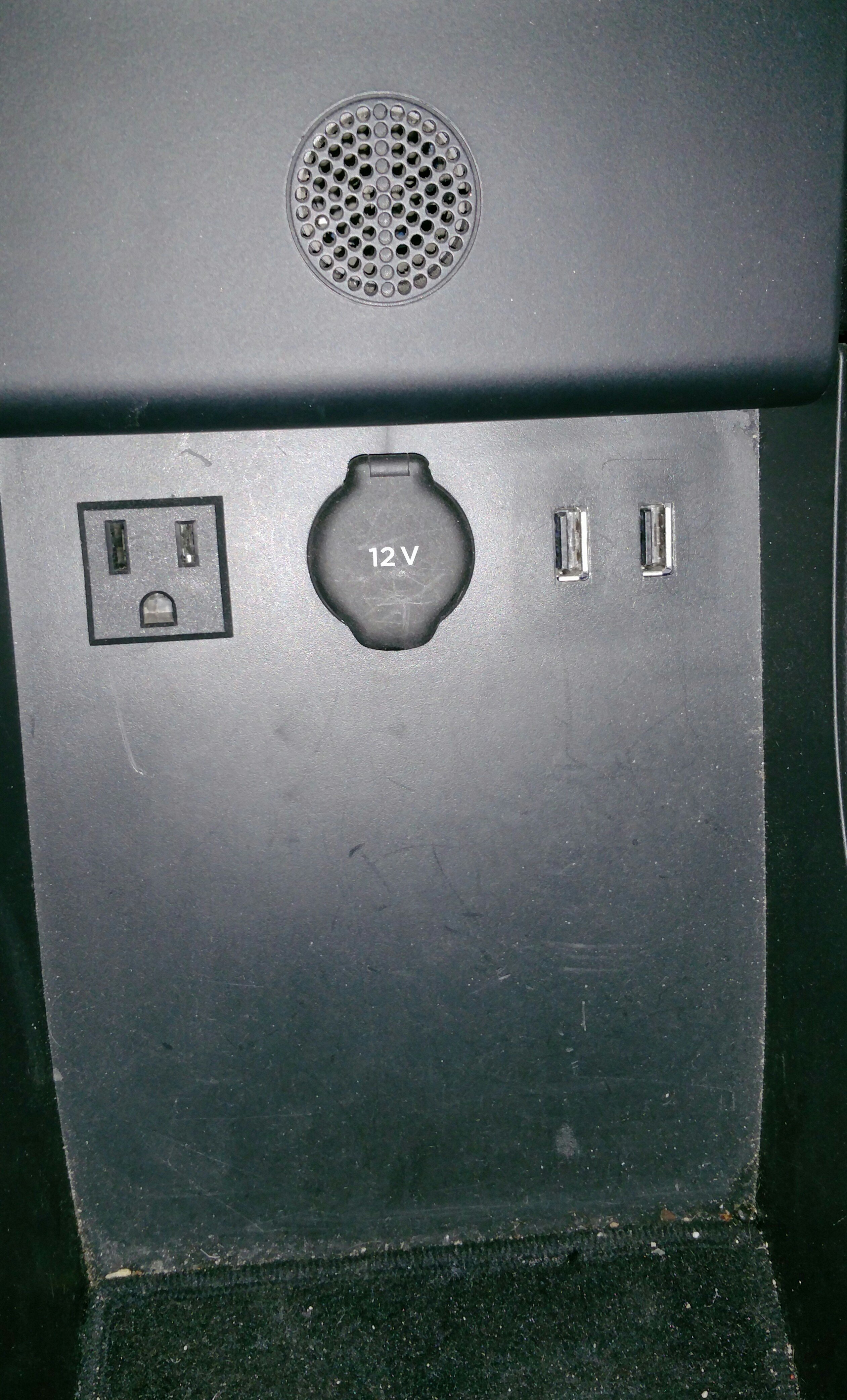If you use the lighter plug, you're limited to 15A (so about 150Watt)
However, if you wire it in to the battery then it depends on a bunch of other factors. Mostly it will depend on how long you plan to draw high currents for. The DC-DC converter is actually amazingly large (
@DarkMatter just said it's 2500W, I actually thought it was only 1500W, but either way, it's huge) And yes, the car needs some of that (and nobody really knows how much) But I suspect the car systems aren't likely to use more than a few hundred watts (though it will depend on what's running, things like the rear defroster, and all the seat heaters draw large amounts of current from the 12V system (don't worry about the heat/AC, those are on the high voltage system))
However, that neglects the 12V battery which acts like a buffer, so even if your inverter is drawing more power than the DC-DC converter is supplying, it's ok, as long as it's for relatively short durations.
Personally I installed a 1000 watt inverter in my Tesla. wired directly to the 12v battery through a 100A fuse and using 4AWG wire. The inverter is wired to the relay in the fuse box that controls the 12V outlet so the inverter turns on and off with the car. I installed 2 120v outlets, one in the centre console (opposite the 12V outlet) and it looks factory stock, and the second outlet in the frunk.
I have also heard a rumour that someone installed an even bigger inverter, but one with a high voltage input (inverter designed for a sollar array) Which would be an interesting project, but requires a lot more planning, and would likely take up a fair amount of space in the vehicle.




